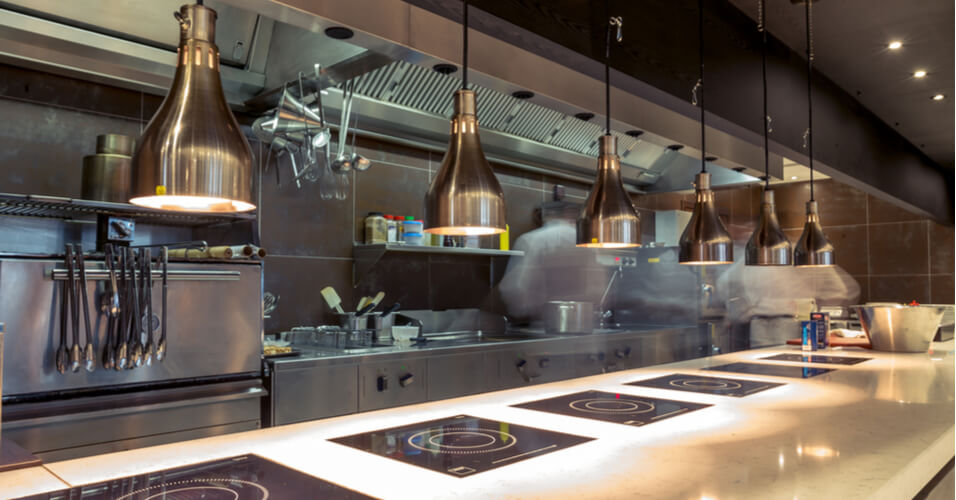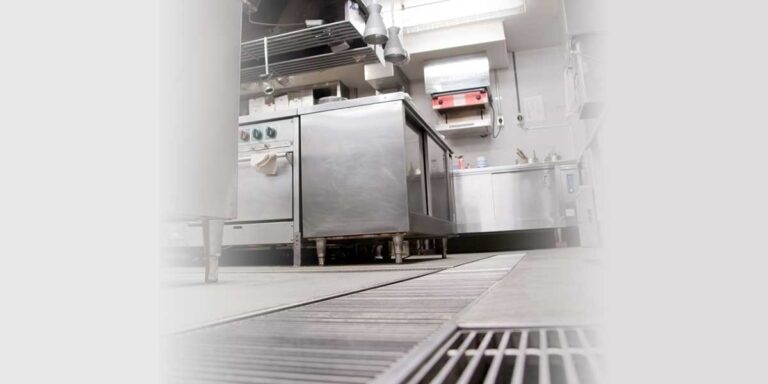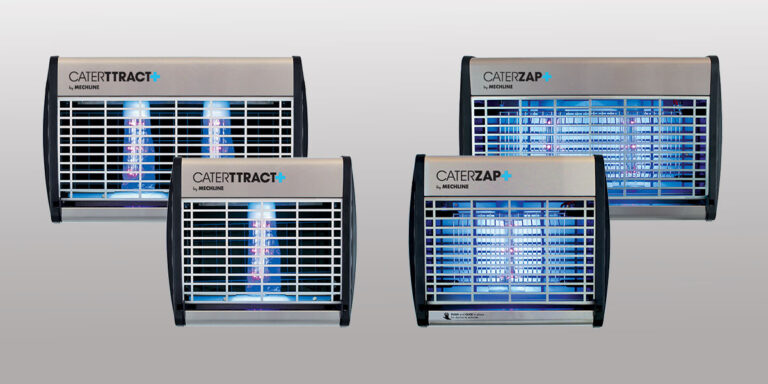It has never been more crucial for venues serving food to invest in the best kitchen hygiene and safety equipment to kill bacteria and viruses. Apart from the risk of being closed by health inspectors, it’s also important to consider the public’s opinion. Consumers are increasingly reliant upon online reviews before trying a new venue, and a low hygiene rating is an immediate turn-off. A 2018 Independent survey revealed that 56% of restaurant patrons chose their dining experience based on recommendations from people they know. Meanwhile, 29% of Brits have been so outraged by unclean practices in a restaurant that they have warned others by posting negative reviews online.
Many industrial kitchens, restaurants, pubs and cafes are investing in commercial grade equipment and products to keep staff members and the public safe from the transmission of airborne or direct-contact diseases.
In addition to creating a pleasant environment in which guests can enjoy delicious food, good professional hygiene is essential to minimise the risk of cross-contamination and ensure everyone’s food safety while remaining compliant with increasingly more restrictive regulations.
It is also vital to introduce more optimised methods of instilling and maintaining good kitchen hygiene habits and selecting purpose-built safety equipment to ensure the highest of hygiene standards are met.
Hands-free wash basins
Poor hand hygiene practices are amongst the primary causes of foodborne illnesses. Health authorities believe they could be the cause of almost 40% of food infections. Hands can easily transmit dangerous pathogens like norovirus. They can also harbour transient bacteria such as salmonella. During kitchen preparation, hands touch a variety of surfaces. As a result, food or equipment can also be quickly contaminated.
Good hand-washing habits can be encouraged with the right equipment, such as introducing hands-free wash basins. Adding these into your kitchen helps to reduce touchpoints and therefore can significantly reduce cross contamination and risk from germs and bacteria to improve your kitchen hygiene.
Additional tips:
- Have a rigorous handwashing routine in place and teach your teams how to wash their hands effectively.
- Implement effective hand washing control, especially at the start of the shift.
- Install purpose-built wash basins to reduce touch-points.
- Wet hands retain more germs and bacteria. Provide paper hand towels or hands-free air dryers.
Air and surface sanitisers/sanitisers
Air and surface sanitisers/sanitisers are essential kitchen hygiene and safety equipment to help in killing bacteria and viruses. Without rigorous hygiene practices, kitchens and preparation areas provide an ideal environment for bacteria to multiply. Reducing the risk of transmission and ensuring good food safety are critical elements for your teams’ well-being and that of your customers.
Air sanitisers/sanitisers target airborne bacteria, fungi, and other contaminants using a combination of technologies, effectively sanitising the air. As well as sanitising the air and surface, some air sanitisers also help eradicate unpleasant odours. Many venues recommend Mechline’s HyGenikx range.
HyGenikx units inactivate viruses by using a unique combination of the most effective and refined air and surface sterilisation technologies to destroy bacteria and microorganisms. Each unit is supplied with a HyGenikx sticker with a QR code for additional information and clearly shows customers when a venue is going the extra mile to look after customers’ safety.
Air purifiers
Air purifiers use a fan to draw in air through filters and then expel the air. By pulling the air through filters, usually HEPA (High-Efficiency Particulate Air) filters, they capture airborne particles, including contaminants. Some air purifiers have combined this filtration process with other technologies, such as UV light, to target and kill the captured viruses and bacteria, particularly important when consumers are understandably worried about contamination.
Additional tips:
- Use separate cutting boards for your meat and fish and other cutting products. Always clean them before using them for other food.
- Reinforce the importance of handwashing: equipment, soap dispensers and hydro alcoholic gel, information posters, and offer regular reminders during staff briefings.
- Establish the wearing of gloves as an aide to maintain hygiene, but ensure that this is not a substitute to hand washing. Outline the safest procedures for wearing, removing and disposal of gloves.
- Rubbish bins and waste areas must be emptied regularly to avoid the proliferation of pests.
- Ensure your teams are healthy and fit to work: pathogens like norovirus and coronavirus are very easily transmitted and have a low infectious dose (few organisms are needed to infect).
By investing in additional hygiene and safety equipment into your commercial kitchen and highlighting to customers that these steps have been taken to maximise their and your staff’s safety, you can help increase customer confidence to visit your premises.
To learn more about how to improve the efficiency of your restaurant click below.








